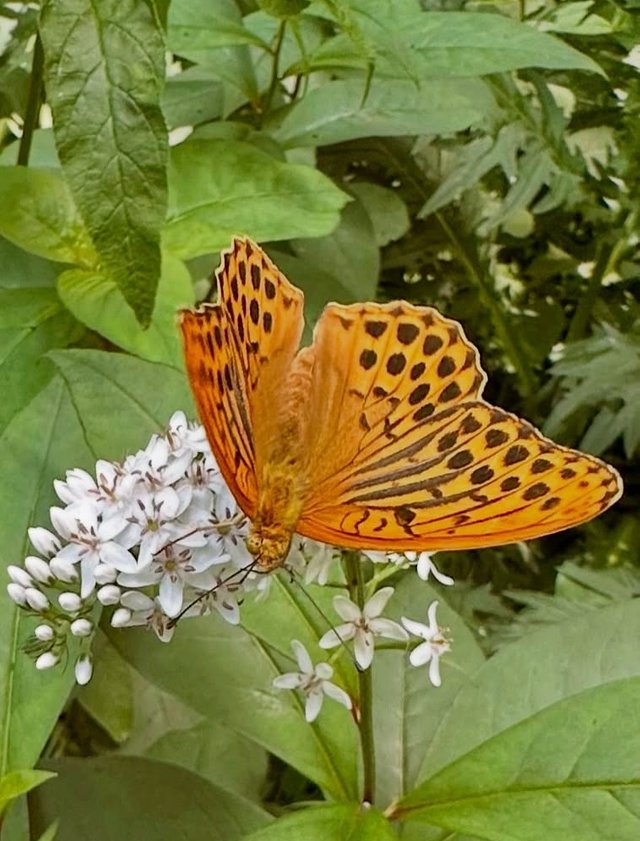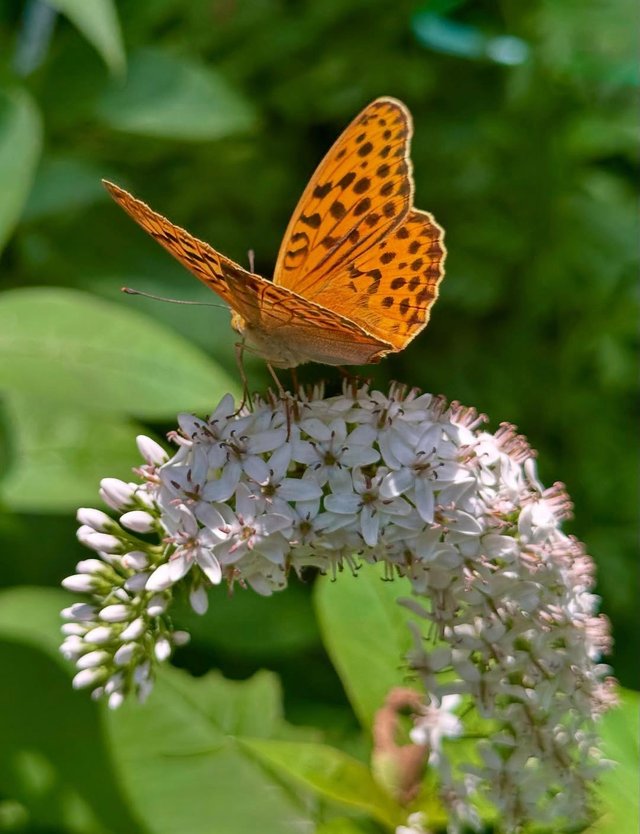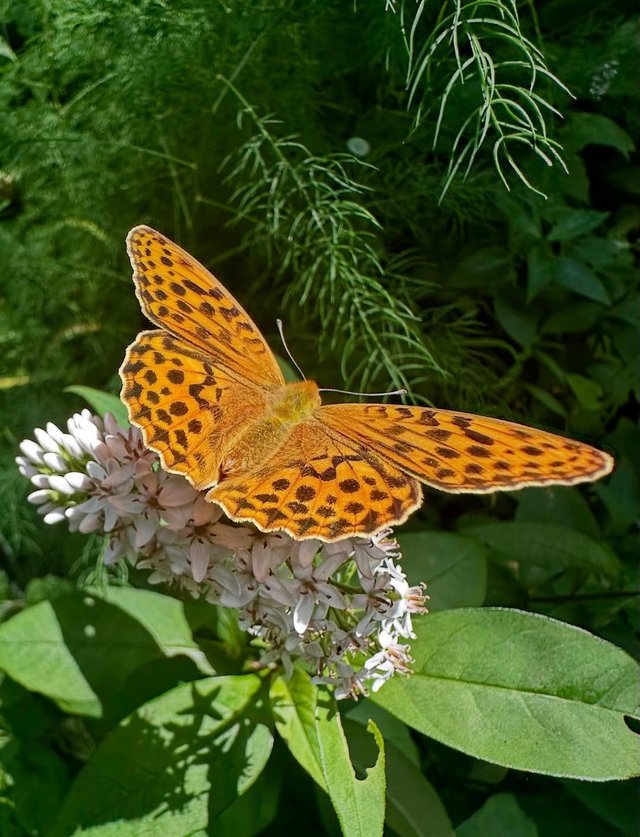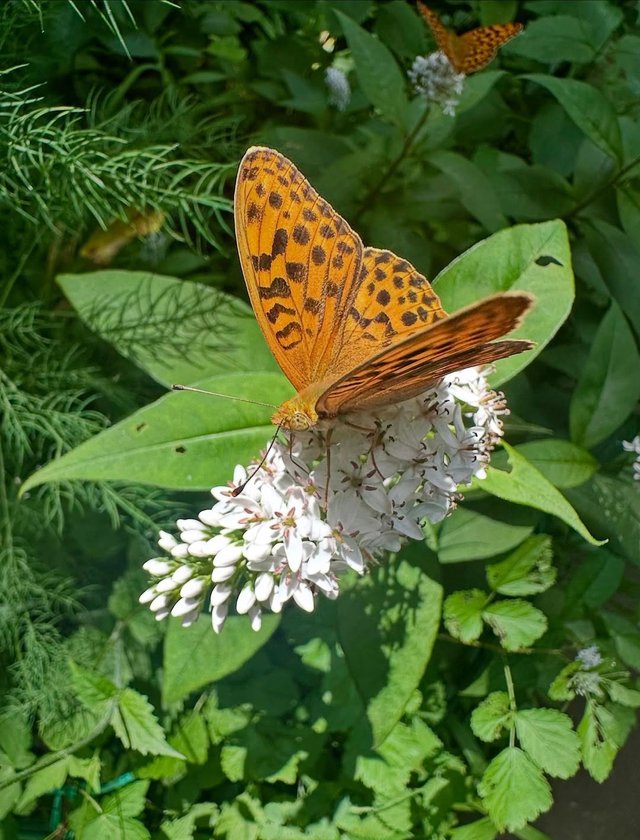Butterfly and Flower
In the quiet corners of gardens, meadows, and wild forests, there exists a delicate yet powerful relationship — the butterfly and the flower. It's a partnership born not just of beauty, but of deep ecological purpose. The fluttering of a butterfly's wings against the soft petals of a flower is more than just a moment of charm — it’s a symbol of mutual survival, pollination, and the balance of ecosystems.
Butterflies and flowers share a mutualistic relationship — one that benefits both.For the butterfly, flowers provide nectar, which is their primary food source.For the flower, butterflies become pollinators, transferring pollen from one bloom to another, enabling reproduction and the spread of plant life.This exchange has evolved over millions of years. As flowering plants diversified, so did butterflies, each adapting to better suit the other in an elegant process of coevolution.
Butterflies are drawn to flowers by.Bright colors such as red, orange, pink, yellow, and purple are especially attractive to butterflies.Some flowers emit subtle fragrances that help butterflies locate them.Many flowers have patterns (invisible to humans but visible in ultraviolet light) that guide butterflies to the nectar source.Butterflies prefer flat or clustered flowers where they can perch easily while feeding.When a butterfly lands on a flower, it unfurls its proboscis — a long, straw-like tongue — to sip nectar hidden deep within the bloom. As the butterfly drinks, its body brushes against the flower's reproductive parts, collecting and depositing pollen from one bloom to the next.




